"Byzantium" at the Royal Academy of Arts in London
For most people the history of the Byzantine Empire is an obscure one. Our popular culture and education system tends to focus much more on the Roman Empire as it existed a few decades either side of Augustus Caesar, rather than the Byzantine Empire, which lasted for over a thousand years. After all we have 'Carry on Cleo', 'I, Claudius' and Asterix, but we seldom have works which feature Constantine , Justinian or Nicephorus Phocas.
Arguably much of our artistic heritage derives from the Byzantine era, and the 1054 schism between the Latin and Greek branches of the Christian Church had repercussions that were still felt in the Balkans civil wars of the 1990s - Croats were Catholic and Serbians were Orthodox.
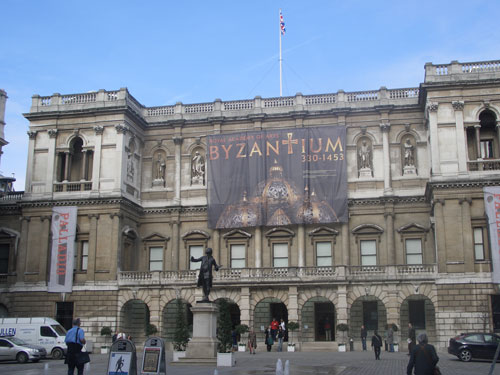
The Royal Academy of Arts in London has been displaying a Byzantium exhibition since October last year, and I finally visited it last Friday.
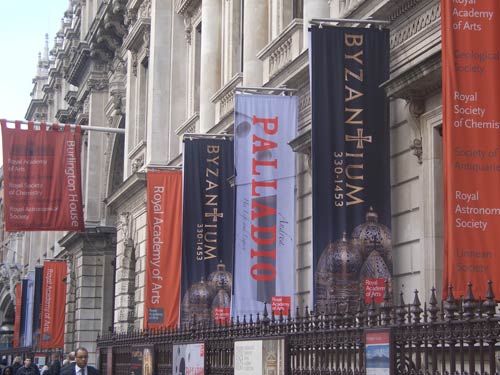
I have to say that I simply can't recommend it strongly enough. For anyone with even the slightest interest in our common European cultural heritage, it is a stunning collection. Items have been gathered from around the UK, Greece, Russia, Serbia, Armenia, Italy and more to provide an overview of the development of art between 330 and 1453.
The range of articles on display is astonishing. They include a 6th century Thebes pavement mosaic depicting personifications of the months of the year, and some amazingly decorated books that belonged to rulers throughout the period. The focus isn't entirely on religion and 'the great and the good'. One of the exhibits is a child's tunic and leather sandals made in Byzantine Egypt some time between the 5th and 7th century.
Religious items are a dominant theme throughout the exhibition, which traces the development of the icon. By the 15th century icons of Christ as the 'Man of Sorrows' portray a true depth of emotion in the way the figure is depicted.
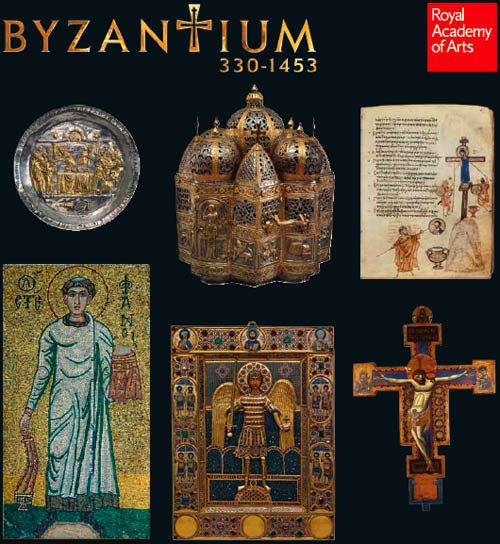
It is never a good academic approach to read history backwards and see things as inevitable, but I always found something incredibly melancholic about the study of the Byzantine Empire. Somehow it just seems that despite the undoubted beauty and glory of many of the artworks produced, the thrust of Byzantine history is that of a long slow inexorable decline from the height of Justinian's reign in the 500s to the fall of Constantinople in 1453.
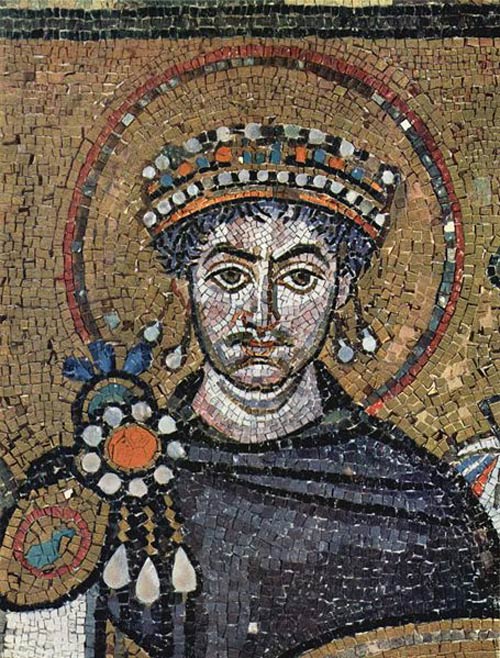
For me, there was also something that felt very personal about the exhibition. Sites like Torcello and Ravenna were represented at the Royal Academy, and they were important stops on our travels through Europe in 2006 because of my studies of their Byzantine connections.
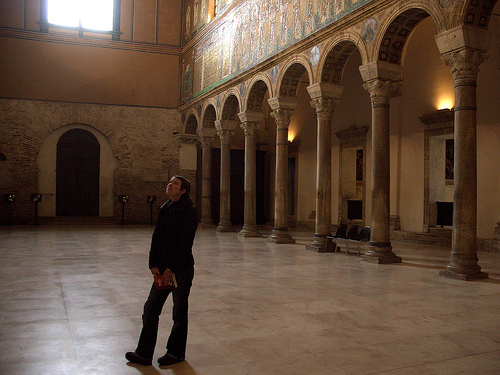
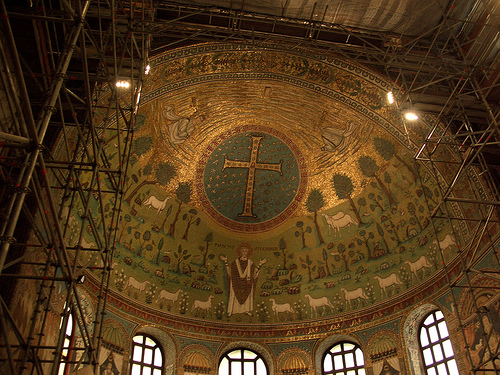
Likewise, one of the few Byzantine icon painters that we know anything about is Angelos Akotantos from Crete. We only know of him because his will is extant, and he lived at a time when it had become fashionable for icon painters to sign their works. Having spent a couple of years living on Crete, to be able see in London Byzantine works that had been painted on the island some 500 years before was a real treat.
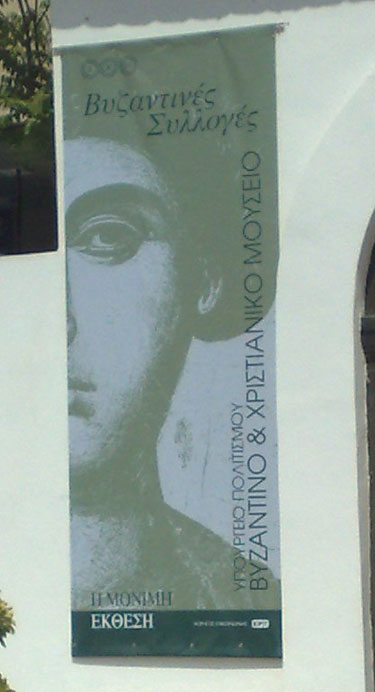
Byzantium at the Royal Academy of Arts is on until March 22nd 2009, and definitely worth visiting. And, if you are ever in Athens, then I can certainly recommend the slightly-out-of-the-way Byzantine & Christian Museum there, which has an extraordinary collection of double-sided Byzantine icons that are beautifully displayed.